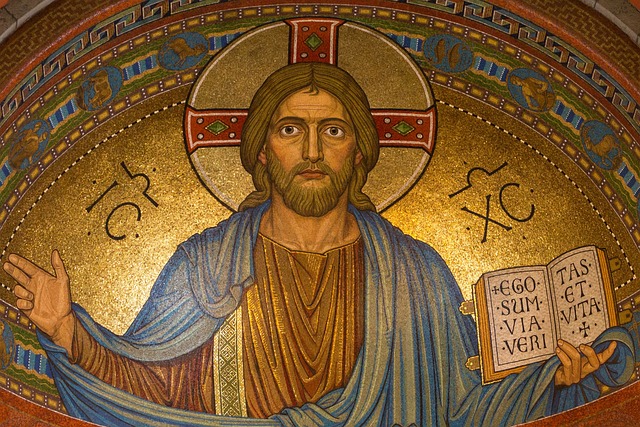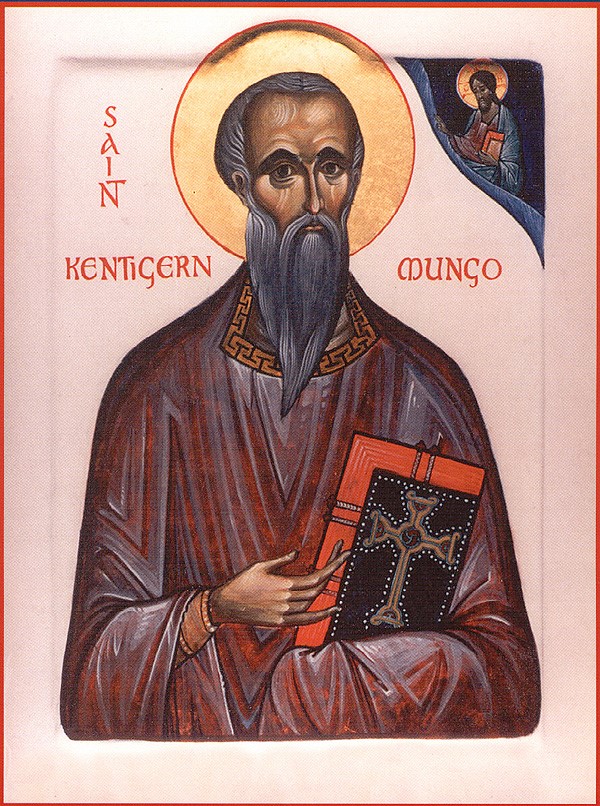Scotland
 The morning breeze bends the slim, short yew sapling. It has been holding onto that soil for a couple of weeks, not sure how long it can continue to grip the ground.
The morning breeze bends the slim, short yew sapling. It has been holding onto that soil for a couple of weeks, not sure how long it can continue to grip the ground.
It is several thousand years before the birth of Jesus Christ.
Each day brings uncertainties for the sapling. Each day might be its last. It has seen many of its fellow little yews die. Death comes from many events. An animal tearing up its roots. A scorching sun withering its tiny leaves. A freezing gale blowing it away.
The yew tree is part of the Neolithic, or “New Stone Age,” here in what will one day be Fortingall, Scotland. For now, the place is wild and untamed. Hunter-gatherers are starting to explore Scottish lands. Some are looking for farming spots near which to build permanent dwellings.
∗
Many centuries have passed. The yew sapling has grown into an unusual shape, with a massive trunk and branches that spread outwards in a wide canopy. The Fortingall yew tree becomes a focus of pagan worship associated with the Celtic god Bran. The tree is a place of human sacrifice.
The Romans arrive in 120 A.D. With them comes a time of great change. Roads are constructed, buildings spring up, and new plants and animals are introduced.
The Romans do not survive here.
But the yew tree does.
∗
 More time passes. The yew tree site becomes a place of Christian worship. It is a place where a saint named Kentigern (also known as Mungo) is said to have converted the locals to Christianity.
More time passes. The yew tree site becomes a place of Christian worship. It is a place where a saint named Kentigern (also known as Mungo) is said to have converted the locals to Christianity.
Then come the Vikings, a Nordic people who settle here in the 9th century. Fierce and warlike, the Vikings make a name for themselves as raiders and warriors.
Eventually, the Vikings leave. Some marry among the Scottish and stay. Years tick by. The yew tree is already very old when Robert the Bruce defeats the English army at the Battle of Bannockburn, in 1314. The tree witnesses the signing of the Declaration of Arbroath in 1320, which declares Scotland’s independence from England.
Yet the Scottish fight side by side with the British during the 20th century, when Scots march off in kilts, the bagpipes shrilling, to fight Germany and the other Central Powers in World War I and then Germany and the Axis Powers in World War II.
∗
When the year 2015 arrives, something amazing happens. Something that has not occurred for thousands of years.
An upper branch has started growing berries. Only female yew trees can do that, but surely not a tree so old. Some scientists estimate her age at 9000 years, making her one of the oldest organisms in the world.
Why now? the scientists have asked. Does the yew tree sense that her life is coming to an end, and she wants her berries to carry her genes?
Or is it something greater, some sign from God?
Scotland Activity 1
Draw and label syntax tree(s) for the following:
1. The morning breeze bends the slim, short yew sapling.
2. Hunter-gatherers are starting to explore Scottish lands.
3. An upper branch has started growing berries.